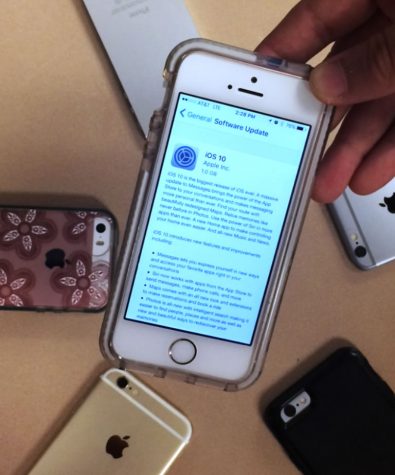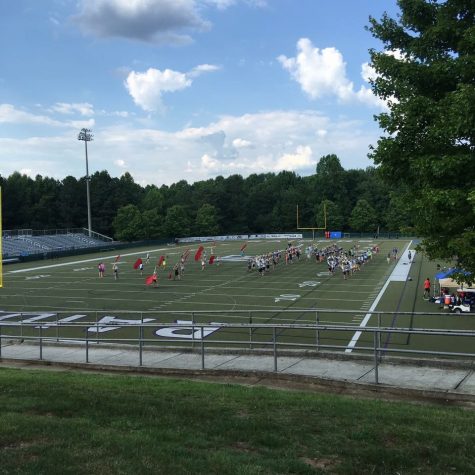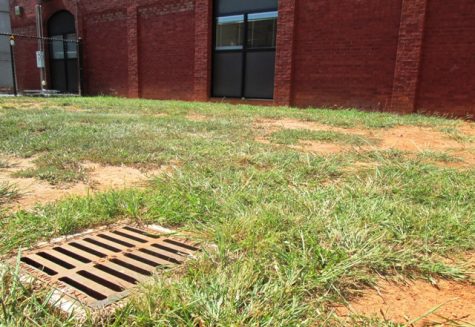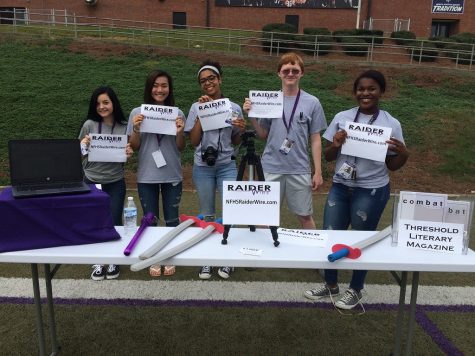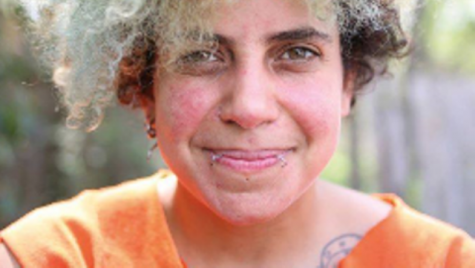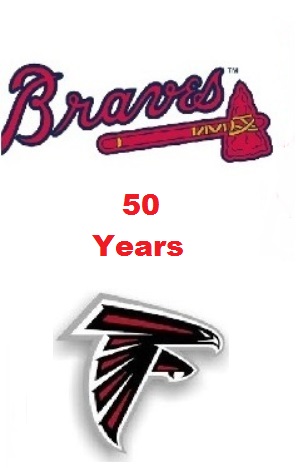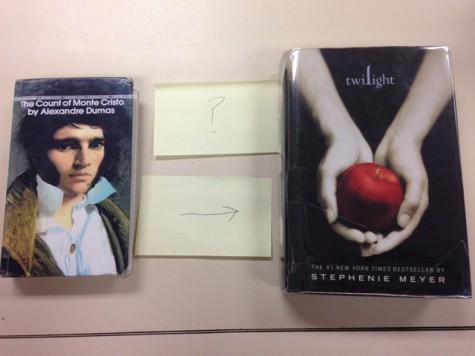Riot Outbreak in Ferguson, Missouri
Riots began in Ferguson, Missouri on Saturday, August 9, 2014 after the death of Michael Brown, an unarmed 25 year old African American student. He was shot by Darren Wilson, one of the Caucasian officers of Ferguson.[1] Not only is the allegedly wrongful death of Brown a major conflict, but also racism has become a huge element of the riots.
Although Brown’s passing was certainly the launching point of Ferguson citizens’ conflict with the police, the tragedy was not the beginning of police brutality and/or harassment against African American people in Ferguson. Almost every resident has a story to tell about a police officer’s wrongful arrest, brutality, or murder of a local African American citizen. In 2009, a man was wrongfully arrested, beaten, and subsequently arresed for bleeding on the officer’s uniforms. Last year, Cary Ball Jr., a 18 year-old, black college student at St. Louis Community College was shot in Ferguson, Missouri on Friday, August 9, 2014. The police report said that Ball was involved in a high-speed chase which ended with him crashing his car. He allegedly ran away and aimed his weapon at officers behind him as he attempted to escape. However, witnesses stated that Ball put his gun on the ground slowly and raised his hands in surrender as he walked toward the police. In both cases, he was shot with 25 rounds, but only the police report describes reason for the shots to be fired.[2] These stories, along with many others, contradict the county police reports, furthering the conflict between the citizens of Ferguson and the police department.
Revolts within Ferguson were especially sparked, however, by the death of Michael Brown. His death is just one of the many cases to have been a result of police brutality and wrongful arrest. Eye witness and friend accompanying Michael Brown at the time of his death, Dorian Johnson, stated that Brown was on his knees with his hands raised in the air in surrender when Wilson fired the fatal shot. Several other witnesses have said that they saw the same scenario.
Ferguson police tell a different story, saying that Brown put his hands down and moved aggressively at Wilson, prompting the officer to use deadly force. Law enforcement officials have stated that Wilson sustained an injury during his alleged struggle with Brown, leading to his need for defense against the victim. NBC News has confirmed that Wilson was treated at an area hospital for an injury, but the severity of the injury is unknown along with whether or not he needed to be admitted to the hospital. These medical records will not be released while the grand jury is considering the case.
The riots in defense of Michael Brown started the day after his death and did not stop until Thursday, August 21st, lasting 12 days. With the riots growing in violence, Ferguson police initially attempted to subdue crowds with tear gas and rubber bullets. VICE News found Tuesday that the weapons and vehicles used by Ferguson police were not given by the Pentagon. The Pentagon only sent “non-tactical” devices such as laptops, generators, and mittens. Eventually, the National Guard and SWAT Team had to step in, leading to a month of political and social unrest in Ferguson.
Update:
On Thursday, October 9, one day before the two-month anniversary of Michael Brown’s death, unarmed 18 year-old African American St. Louis resident Vonderrit Myers was shot by a St. Louis County police officer.
According to the eye witness Blanche Campbell, Myers entered a Shaw market to buy a sandwich. While he was inside of the market, a 32 year-old unidentified police officer patrolled in his vehicle outside, looking for someone who had just robbed a house in the neighborhood. When Myers left the store, he approached the police car, and the two men shared brief words. Myers was then reported to walk away from the car, prompting the officer to follow him on foot. It was then that Myers was shot unarmed.
However, the police report tells a different story. The St.Louis Metropolitan Police Chief officially stated that the shooting unfolded after the police officer chased three African American teens as a result of the group fleeing at the sight of the police car. It was when one of the teens approached the officer in an aggressive manner and pulled out a gun that the officer was prompted to use deadly force. It is reported that Myers fired three shots at the officer before the officer returned fire, killing Myers. The officer was not injured. The police department filed the claim that a 9mm Ruger handgun and three billets were found at the scene of the crime.
“It is another senseless killing, and it’s almost the same thing as Michael Brown except this time the cops are saying he had a gun,” said Doug Hollis of St. Louis, who did not witness the shooting, in an interview with USA Today.[3] “He (Myers) didn’t have anything but a sandwich.”
[1] Pulliam-Moore, C., & Myers, M., (20 August 2014). Timeline of Events in Ferguson. PBS Newshour. Retreieved from http://www.pbs.org/newshour/rundown/timeline-events-ferguson/
[2]Shen, Aviva, (30 May 2013). St. Louis Police Shoot Black Honor Student 25 Times. AltetNet. Retrieved from http://www.alternet.org/st-louis-police-shoot-black-honor-student-25-times
[3] Alcindor, Y. (2014, October 11).Ferguson tensions rise after second shooting. USA Today. Retrieved from http://www.usatoday.com/story/news/nation/2014/10/09/ferguson-tensions-rise-after-second-shooting/16997451/.
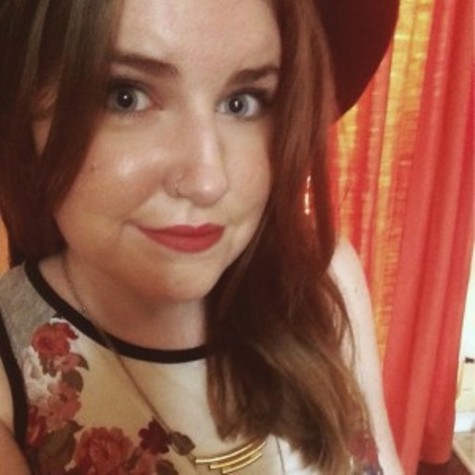
Lacy Hamilton is a senior at North Forsyth High School. At any given time, one can catch her in Target, lusting over kitchenware. Her other daily activities...



